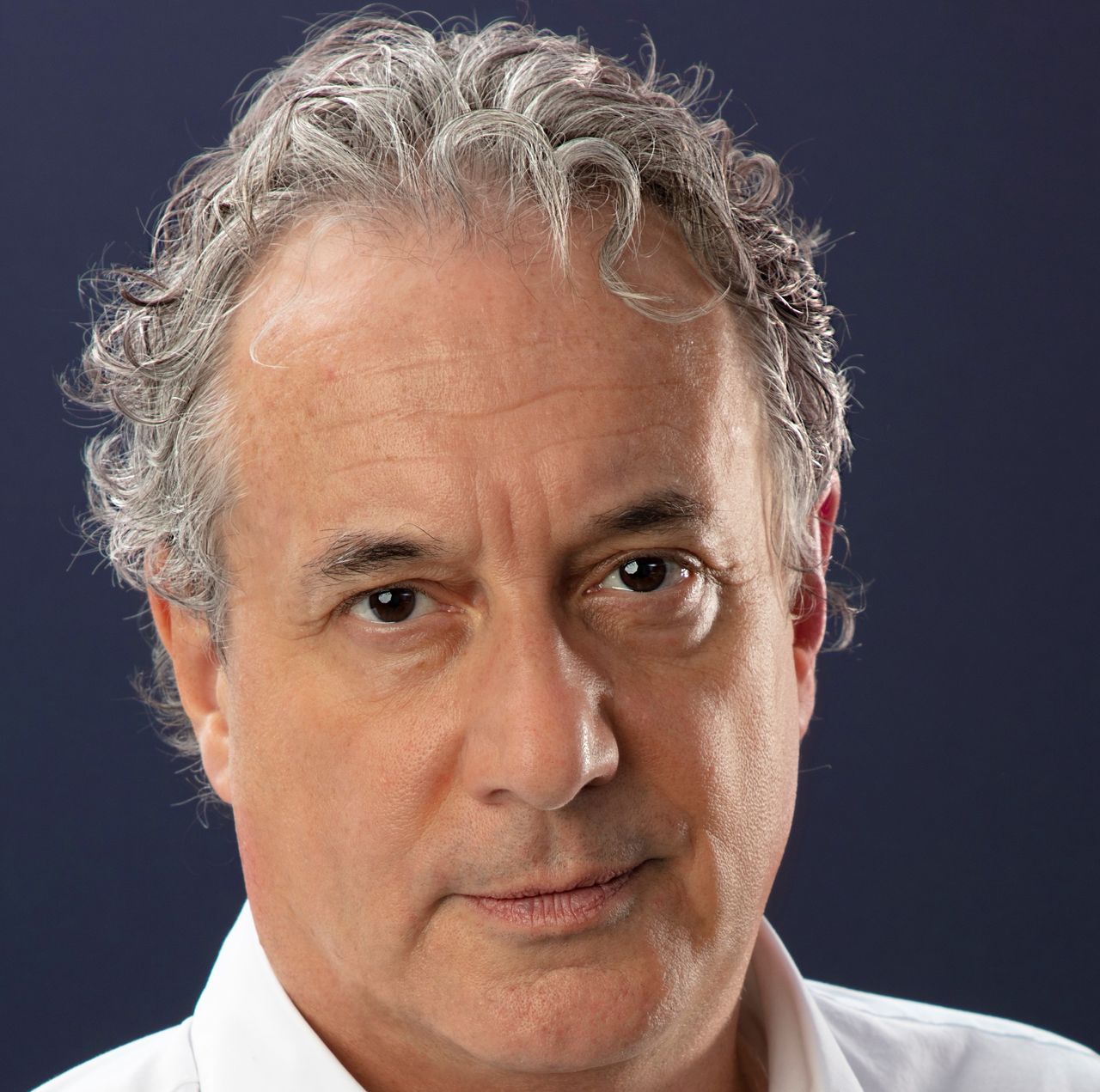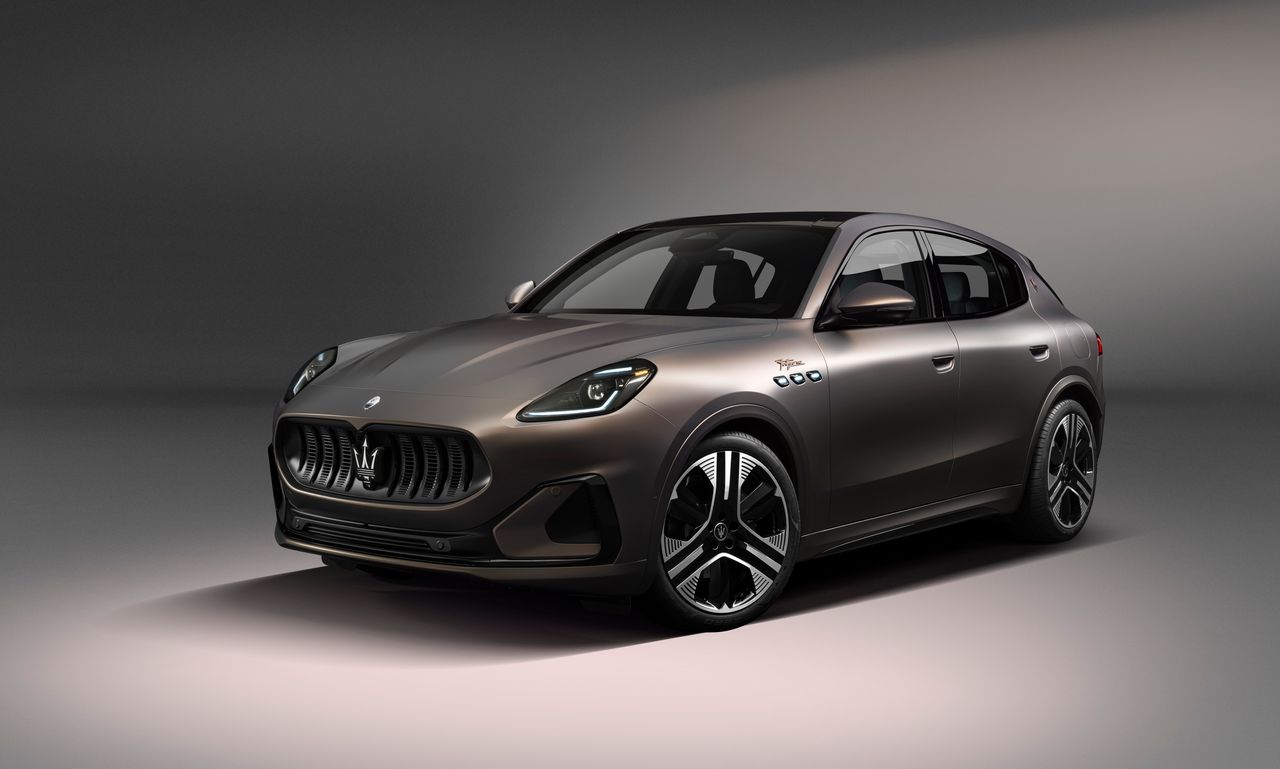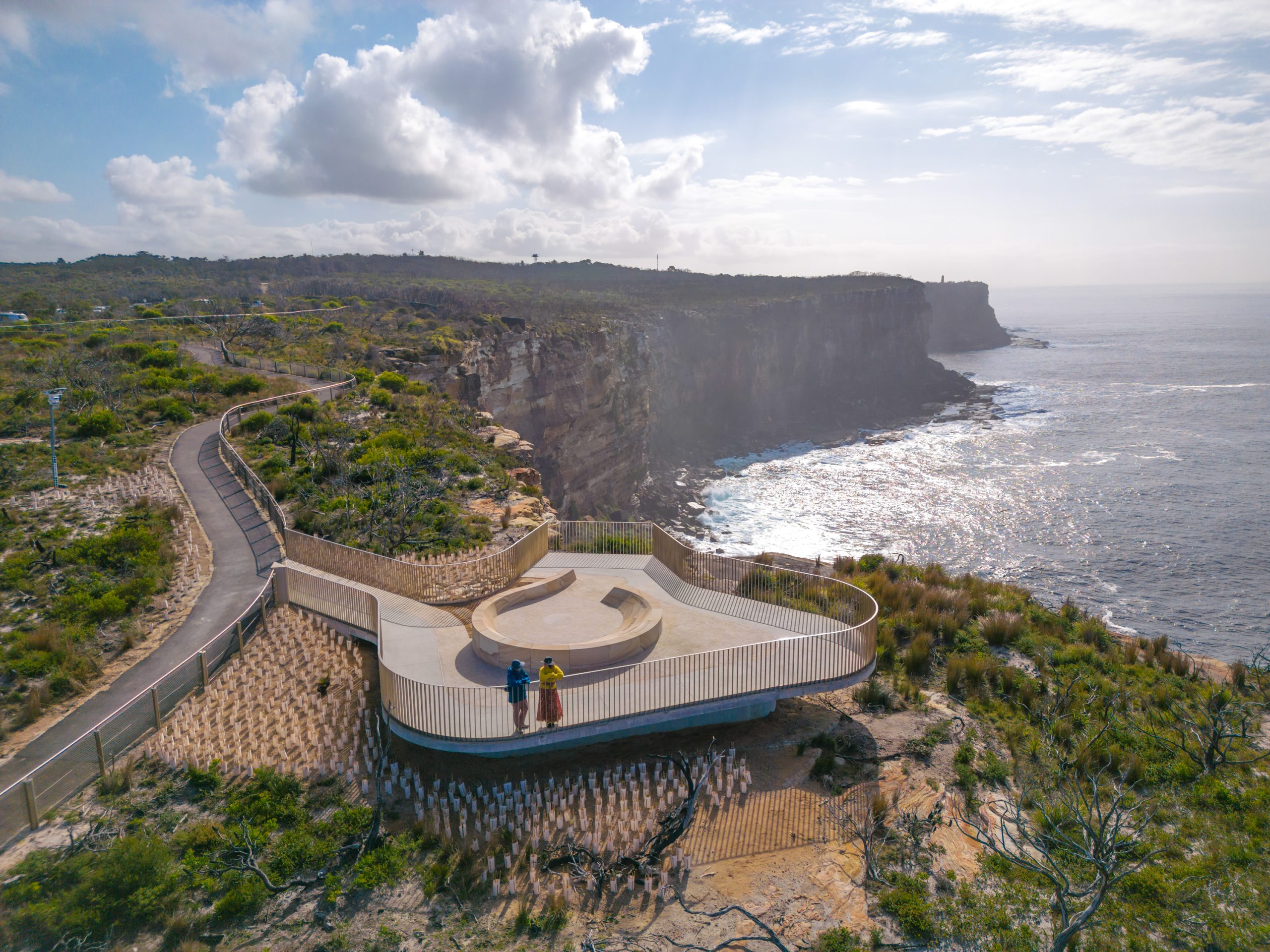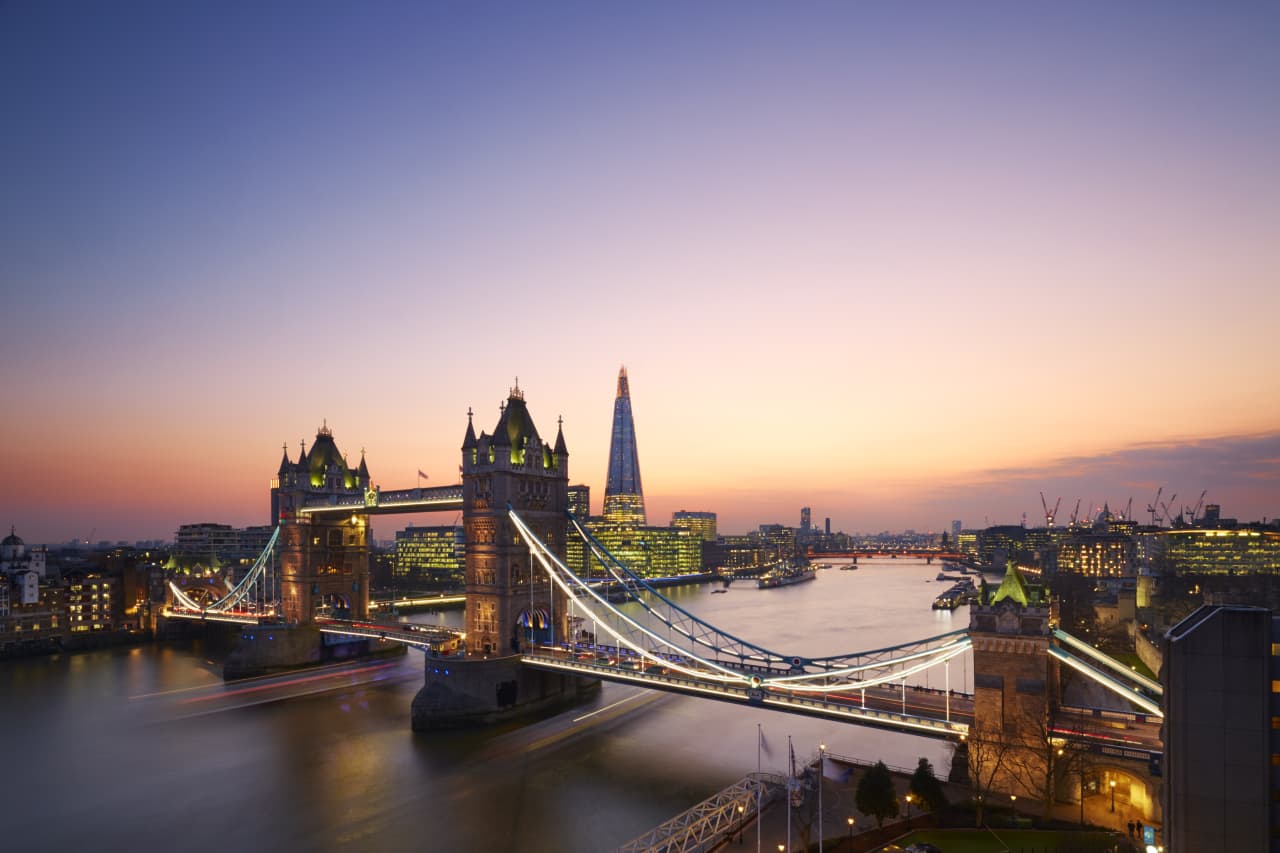Maserati CEO Davide Grasso on the Company’s Push for Quality—and Electrification
Maserati is sitting out the auto shows—at least most of them.
“The world is changing, and we made the decision about auto shows in 2019 or 2020, when the pandemic happened, and we’ve stuck with it,” CEO Davide Grasso told Penta in an interview. “No more auto shows, except Shanghai. We make an exception for Shanghai.” It helps that China now has the largest auto market in the world.
Indeed, at Shanghai on April 19, Maserati unveiled its second electric Folgore model (after the redesigned GranTurismo, which was also being introduced to China). The new entrant is the SUV Grecale Folgore. “It’s a new beginning for the brand,” Grasso said in Shanghai. “We’re celebrating Folgore, the electrification plan that has become a reality and is ready to pave the way in this revolutionary era. I’m very excited to be here in Shanghai, which is not only an international exhibition but also a global platform for innovation. It’s the ideal place to unveil the first electric models in the history of Maserati.”

When it released the Grecale Folgore, Maserati said it would be built in Italy with a 105-kilowatt-hour battery and “all the true Trident performance elements.” These include more than 500 horsepower with 590 pound-feet of torque. The top speed will be over 124 miles per hour. There are now three versions of the Grecale: the GT, with a four-cylinder mild-hybrid powertrain and 300 horsepower; the Modena, with a three-litre, 530-horsepower V-6 related to the Nettuno engine in the MC20; and the Folgore, 100% electric with 400-volt technology.
Grasso saysMaserati is thriving as part of the 14-brand Stellantis, headed by hard-charging CEO Carlos Tavares—a stickler for quality.
“The quality issue is important,” Grasso says. “Carlos is a great believer in the potential of the Maserati brand. To succeed as a luxury brand, you have to focus on quality, not quantity. So we are putting a lot of effort into upgrading our processes. We took the time to ensure that the Grecale would be pristine..”
Maserati had a 24,269-vehicle global year in 2022. That was not the loftier goal set by the company in 2018, but it was quite a successful year nonetheless
The company’s full-year profits were US$221 million, nearly double of 2021“Maserati is back, doing the right things in the right way,” said Tavares in an earnings call. Unlike Tavares, Grasso did not come up through the auto industry ranks. Before Maserati, he was CEO and president at Converse, and prior to that was chief marketing officer at Nike. But shoes or cars, the core principles are basically the same, Grasso says.
“The pillars are brand marketing, customer service, residual value, and human resources. Without all these things and the right mindset, managing a luxury brand won’t work. You can have the best marketing team, but if you’re bad at servicing—if we don’t give you a loaner, if we treat you badly—it all falls apart,” he says.
Grasso also says he was happy with the electric versions of the GT and Grecale.
“The electric GT is heavier, but the cars are still very responsive, with 2.7 seconds to 60 mph and 760 horsepower on tap,” he says. “We are in full execution of our electrification strategy now, and we’re excited by the level of performance. We will have an electric Quattroporte in early 2025 on a brand-new platform, redesigned from the inside-out. Then the new Levante. We will be only electric by 2030. The plans are coming together, so it might even be earlier than that.”
Although SUVs dominate today, Grasso sticks up for the sedans and two-seat sports cars (the MC20) in Maserati’s lineup.
“It’s never all SUVs,” he says. “There’s the comfort of a sedan versus the off-road capability of an SUV. Maserati was born on the track, so we combine speed and luxury. Many of our owners have multi-car garages, so they can own different types of vehicles.”
Maserati has been aggressive in establishing its U.S. dealer network, and now has more than 100 outlets. “We are right-sizing it, and there are some locations where we don’t need to be,” he says. “We have to be where the customers are. And going forward, the stand-alone dealership is the model. We have to make sure that the dealerships are aligned with our core values, treating the customers with courtesy and streamlining the buying procedure. But we don’t want to woo people with bells and whistles if it’s not matched with excellence in the rest of the operation.”
 Copyright 2020, Dow Jones & Company, Inc. All Rights Reserved Worldwide. LEARN MORE
Copyright 2020, Dow Jones & Company, Inc. All Rights Reserved Worldwide. LEARN MORE
This stylish family home combines a classic palette and finishes with a flexible floorplan
Just 55 minutes from Sydney, make this your creative getaway located in the majestic Hawkesbury region.
The remote northern island wants more visitors: ‘It’s the rumbling before the herd is coming,’ one hotel manager says
As European hot spots become overcrowded , travellers are digging deeper to find those less-populated but still brag-worthy locations. Greenland, moving up the list, is bracing for its new popularity.
Aria Varasteh has been to 69 countries, including almost all of Europe. He now wants to visit more remote places and avoid spots swarmed by tourists—starting with Greenland.
“I want a taste of something different,” said the 34-year-old founder of a consulting firm serving clients in the Washington, D.C., area.
He originally planned to go to Nuuk, the island’s capital, this fall via out-of-the-way connections, given there wasn’t a nonstop flight from the U.S. But this month United Airlines announced a nonstop, four-hour flight from Newark Liberty International Airport in New Jersey to Nuuk. The route, beginning next summer, is a first for a U.S. airline, according to Greenland tourism officials.
It marks a significant milestone in the territory’s push for more international visitors. Airlines ran flights with a combined 55,000 seats to Greenland from April to August of this year, says Jens Lauridsen, chief executive officer of Greenland Airports. That figure will nearly double next year in the same period, he says, to about 105,000 seats.
The possible coming surge of travellers also presents a challenge for a vast island of 56,000 people as nearby destinations from Iceland to Spain grapple with the consequences of over tourism.
Greenlandic officials say they have watched closely and made deliberate efforts to slowly scale up their plans for visitors. An investment north of $700 million will yield three new airports, the first of which will open next month in Nuuk.
“It’s the rumbling before the herd is coming,” says Mads Mitchell, general manager of Hotel Nordbo, a 67-room property in Nuuk. The owner of his property is considering adding 50 more rooms to meet demand in the coming years.
Mitchell has recently met with travel agents from Brooklyn, N.Y., South Korea and China. He says he welcomes new tourists, but fears tourism will grow too quickly.
“Like in Barcelona, you get tired of tourists, because it’s too much and it pushes out the locals, that is my concern,” he says. “So it’s finding this balance of like showing the love for Greenland and showing the amazing possibilities, but not getting too much too fast.”
Greenland’s buildup
Greenland is an autonomous territory of Denmark more than three times the size of Texas. Tourists travel by boat or small aircraft when venturing to different regions—virtually no roads connect towns or settlements.
Greenland decided to invest in airport infrastructure in 2018 as part of an effort to expand tourism and its role in the economy, which is largely dependent on fishing and subsidies from Denmark. In the coming years, airports in Ilulissat and Qaqortoq, areas known for their scenic fjords, will open.
One narrow-body flight, like what United plans, will generate $200,000 in spending, including hotels, tours and other purchases, Lauridsen says. He calls it a “very significant economic impact.”
In 2023, foreign tourism brought a total of over $270 million to Greenland’s economy, according to Visit Greenland, the tourism and marketing arm owned by the government. Expedition cruises visit the territory, as well as adventure tours.
United will fly twice weekly to Nuuk on its 737 MAX 8, which will seat 166 passengers, starting in June .
“We look for new destinations, we look for hot destinations and destinations, most importantly, we can make money in,” Andrew Nocella , United’s chief commercial officer, said in the company’s earnings call earlier in October.
On the runway
Greenland has looked to nearby Iceland to learn from its experiences with tourism, says Air Greenland Group CEO Jacob Nitter Sørensen. Tiny Iceland still has about seven times the population of its western neighbour.
Nuuk’s new airport will become the new trans-Atlantic hub for Air Greenland, the national carrier. It flies to 14 airports and 46 heliports across the territory.
“Of course, there are discussions about avoiding mass tourism. But right now, I think there is a natural limit in terms of the receiving capacity,” Nitter says.
Air Greenland doesn’t fly nonstop from the U.S. because there isn’t currently enough space to accommodate all travellers in hotels, Nitter says. Air Greenland is building a new hotel in Ilulissat to increase capacity when the airport opens.
Nuuk has just over 550 hotel rooms, according to government documents. A tourism analysis published by Visit Greenland predicts there could be a shortage in rooms beginning in 2027. Most U.S. visitors will stay four to 10 nights, according to traveler sentiment data from Visit Greenland.
As travel picks up, visitors should expect more changes. Officials expect to pass new legislation that would further regulate tourism in time for the 2025 season. Rules on zoning would give local communities the power to limit tourism when needed, says Naaja H. Nathanielsen, minister for business, trade, raw materials, justice and gender equality.
Areas in a so-called red zone would ban tour operators. In northern Greenland, traditional hunting takes place at certain times of year and requires silence, which doesn’t work with cruise ships coming in, Nathanielsen says.
Part of the proposal would require tour operators to be locally based to ensure they pay taxes in Greenland and so that tourists receive local knowledge of the culture. Nathanielsen also plans to introduce a proposal to govern cruise tourism to ensure more travelers stay and eat locally, rather than just walk around for a few hours and grab a cup of coffee, she says.
Public sentiment has remained in favour of tourism as visitor arrivals have increased, Nathanielsen says.
—Roshan Fernandez contributed to this article.
This stylish family home combines a classic palette and finishes with a flexible floorplan
Just 55 minutes from Sydney, make this your creative getaway located in the majestic Hawkesbury region.






















